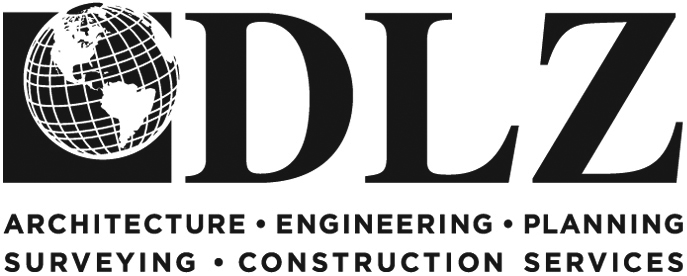PORT OF PITTSBURGH DREDGING PROJECT
Phase 1 Scope of services
background
The US Army Corps of Engineers (USACE) is reconstructing a navigation channel in the Monongahela River between mile 23.8 and 41.5. The channel will have a trapezoidal shape with a minimum bottom width of 300 feet, side slopes of 3H to 1V, and a bottom elevation of 712.7 feet, which is 11 feet below the authorized pool elevation of 723.7 feet above sea level.
Access for many river users along the shoreline has been impacted. Therefore, the Port of Pittsburgh Commission (PPC) is planning to adjust or restore access in specific driveway locations – areas leading from the main navigation channel to a dock or mooring facility - for safe navigation.
This project aims to assess dredging requirements to maintain an 11-foot depth below the waterline in designated areas. The PPC will request survey data from the USACE to determine if additional data is needed, including permitting information from commercial industries. This phase will focus on identifying areas to be dredged to achieve the necessary target depths.
Tasks to be Completed During Phase 1 Investigation:
Stakeholder Engagement
Identify, visit, and engage stakeholders who are impacted by the project and prioritize Stakeholders from the prepared list. Initiate project communication webpage on the PPC website to keep the public informed of the project’s developments.
Review Existing Survey and Utility Data
Review existing USACE hydrographic survey data and identify data gaps, if any. Review existing submarine utility crossings data including National Pipeline Mapping System and navigation charts. Identify any unmapped utility crossings found in the USACE hydrographic survey data and contact existing pipeline owners for mapping, drawings, depth of pipelines and other information.
Identify Existing River Structures
Identify existing structures in or near the river such as sheet pile walls, mooring cells, and boat ramps that may be impacted by future dredging activities.
Environmental Compliance and Permitting Reviews
Review existing USACE and Pennsylvania Department of Environmental Protection (PDEP) permits on the Monongahela River between Braddock Locks and Dam and John P. Murtha Locks and Dam. Begin communications about the project with USACE, US Coast Guard, PDEP, and Pennsylvania Fish and Boat Commission. No permit applications will be performed during Phase 1.
Project Management
Prepare a project management plan, work breakdown structure, and schedule in accordance with the budget of $100,000. Manage the schedule and budget throughout the duration of the project. Identify and manage risks associated with the project. Attend a weekly meeting with the PPC and conduct a monthly meeting with the DLZ team. Prepare a monthly invoice along with a monthly report describing project status, identifying issues, and updating the project schedule and budget.
Deliverables
1. Provide monthly project reports indicating the team’s progress, budget, and schedule.
2. Provide draft for review by PPC and final report documenting the findings from the Phase 1 Investigation.
3. Develop the scope of work for executing Phase 2 which may include additional surveying, geotechnical investigations, permitting, design to lower pipelines, design of the driveway areas to be dredged, and design to protect sheet pile walls, mooring cells, boat ramps, marinas and specific areas along the shorelines that may become unstable due to additional dredging.
4. Develop the budget for executing Phase 2.
Please check back with this page for important updates on the progress of this project!
To submit questions or information for this project, please contact:
Matthew S. Pavlosky
Public Relations Manager
Port of Pittsburgh Commission
4955 Steubenville Pike, Suite 220
Pittsburgh, PA 15205
(412) 201-7335 - (office)
(412) 480-0388 - (cell)
matt@portpitt.com
